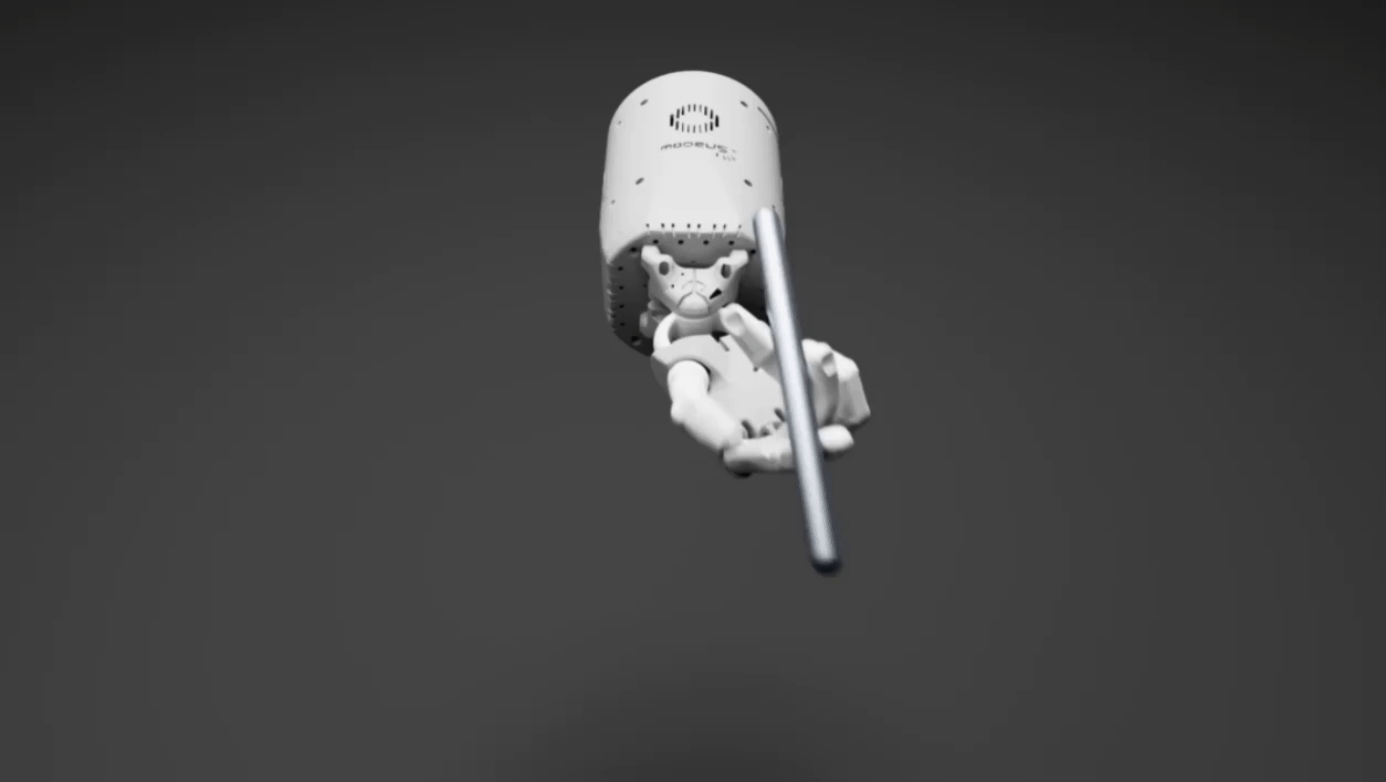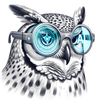Eureka! NVIDIA’s Innovation Breaks New Ground in Robot Learning Through LLMs

The realm of robotics has witnessed a remarkable milestone with NVIDIA Research unveiling a cutting-edge AI agent, aptly named Eureka, designed to fast-track the learning curve for robots, enabling them to master intricate tasks. This has been exemplified by a robotic hand that now effortlessly executes quick pen-spinning maneuvers, matching human dexterity, a spectacle that has been captured in a visual showcase.
Eureka's prowess extends beyond mere pen-spinning. It has endowed robots with the ability to flawlessly open drawers and cabinets, engage in a game of toss and catch, and handle scissors with precision, among other competencies. The engine driving these advancements is the autonomously generated reward algorithms by Eureka, which serve as a linchpin in training the robots.
At the heart of Eureka lies the GPT-4 large language model (LLM), an enabler that automatically crafts reward algorithms, thus revolutionizing the conventional trial-and-error process associated with reinforcement learning, as noted by Anima Anandkumar, Senior Director of AI research at NVIDIA. The project’s publication, available for perusal today, offers both a detailed paper and access to the underlying AI algorithms for the developer community to explore, utilizing the NVIDIA Isaac Gym, a dedicated environment for reinforcement learning research.
NVIDIA’s Omniverse, a robust platform for the creation of 3D tools and applications, serves as the foundation upon which Isaac Gym is built, providing a seamless interface for developers to engage with Eureka’s capabilities. The GPT-4 LLM, coupled with generative AI, empowers Eureka to churn out software code that facilitates reinforcement learning for robots without necessitating task-specific prompts or preset reward templates. The system is adept at assimilating human feedback, refining its reward structures to align closer with the envisioned outcomes by developers.
One of Eureka's standout features is its ability to swiftly assess the merit of a multitude of reward candidates through GPU-accelerated simulation in Isaac Gym, thereby significantly enhancing the training efficiency. Post-evaluation, Eureka embarks on a journey of self-enhancement, guiding the LLM to refine its reward function generation, leading to an iterative cycle of improvement.
Eureka’s versatility has been demonstrated across a myriad of robotic forms—be it quadruped, bipedal, quadrotor, dexterous hands, or cobot arms, each has shown significant progress in accomplishing a diverse range of tasks. The detailed evaluations of 20 Eureka-trained tasks, as delineated in the research paper, underscore its potential in advancing dexterous robot control and even extending into the realm of physically realistic animations, a boon for the artistic community.
The trailblazing work by NVIDIA Research has undoubtedly opened up a vista of opportunities, with the developer community now having a robust tool at their disposal to explore the uncharted territories of robotic capabilities. The project's contributor, Linxi "Jim" Fan, Senior Research Scientist at NVIDIA, envisions Eureka as a catalyst that will not only propel dexterous robot control but also furnish a novel approach for artists to generate physically realistic animations.
As NVIDIA Research continues its stride in groundbreaking innovations, Eureka stands as a testimony to the boundless possibilities awaiting in the convergence of large language models and GPU-accelerated simulation technologies. With developers now having a richer toolkit, the horizon is ripe with opportunities for further explorations and advancements in both robotics and realistic animation realms.
